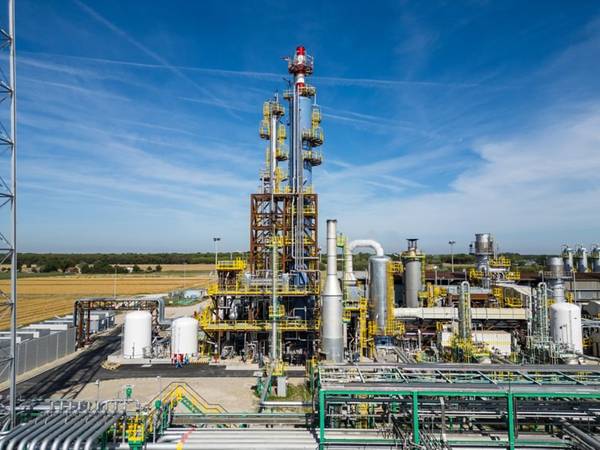
Eni and Snam, as part of the equal joint venture, have started of CO2 injection activities in the reservoir for Phase 1 of Ravenna Carbon Capture and Storage (CCS) project.
Designed to support industrial decarbonization, Ravenna CCS is the first project for the capture, transport and permanent storage of CO2 in Italy created for exclusively environmental purposes.
Phase 1 of the project will capture, transport and store CO2 emissions from Eni’s natural gas treatment plant in Casalborsetti, in the municipality of Ravenna, estimated at approximately 25,000 tonnes of per year.
Once captured, the carbon dioxide is transported to the offshore Porto Corsini Mare Ovest platform through reconverted gas pipelines. The CO2 will then be injected and stored at a depth of 3,000 meters in the depleted Porto Corsini Mare Ovest gas field.
The project is already delivering a reduction of over 90% in CO2 emissions from the Casalborsetti plant's chimney, rising to peaks of 96% - a notable achievement given the conditions of a carbon concentration of less than 3% and the low level of atmospheric pressure making achieving success more challenging
Another distinctive element of the Ravenna CCS project is that the facility is fully powered by electricity from renewable sources, avoiding further CO2 emissions.
“A project of great significance for decarbonization has now become an industrial reality. The capture and storage of CO2 is an effective, safe – and now available - means to reduce emissions from energy-intensive industries whose activities cannot be electrified.
“We are using our depleted fields, existing infrastructure, and technical expertise in reinjection techniques to offer a very competitive service, which is receiving tremendous interest. We are tackling the complexity of the energy transition with real substance and determination, increasing and enhancing the solutions available to us to decarbonize our activities as well as various areas of economic and industrial systems,” said Claudio Descalzi, CEO of Eni.
Over the coming years, with the Phase 2, the industrial-scale development of the project will be able to store up to 4 million tonnes of CO2 per year by 2030, in line with the goals defined by Italy’s Integrated National Energy and Climate Plan (PNIEC).
To this end, the joint venture will initiate all the necessary procedures to obtain the permits in accordance with the regulatory framework and in collaboration with the authorities, stakeholders and in particular with the territory.
With the total storage capacity of the depleted gas fields of the Adriatic Sea, and based on market demand, the volumes of CO2 captured and stored underground could reach 16 million tonnes per year, according to Eni.
Eni and Snam are also conducting research and development studies for a possible future reuse of the captured CO2.


